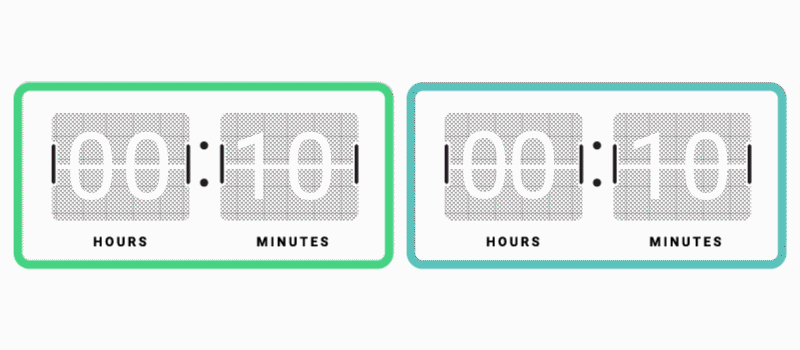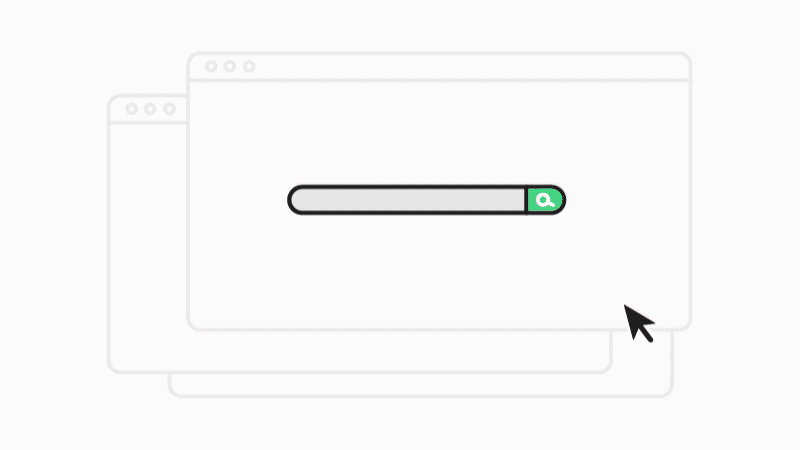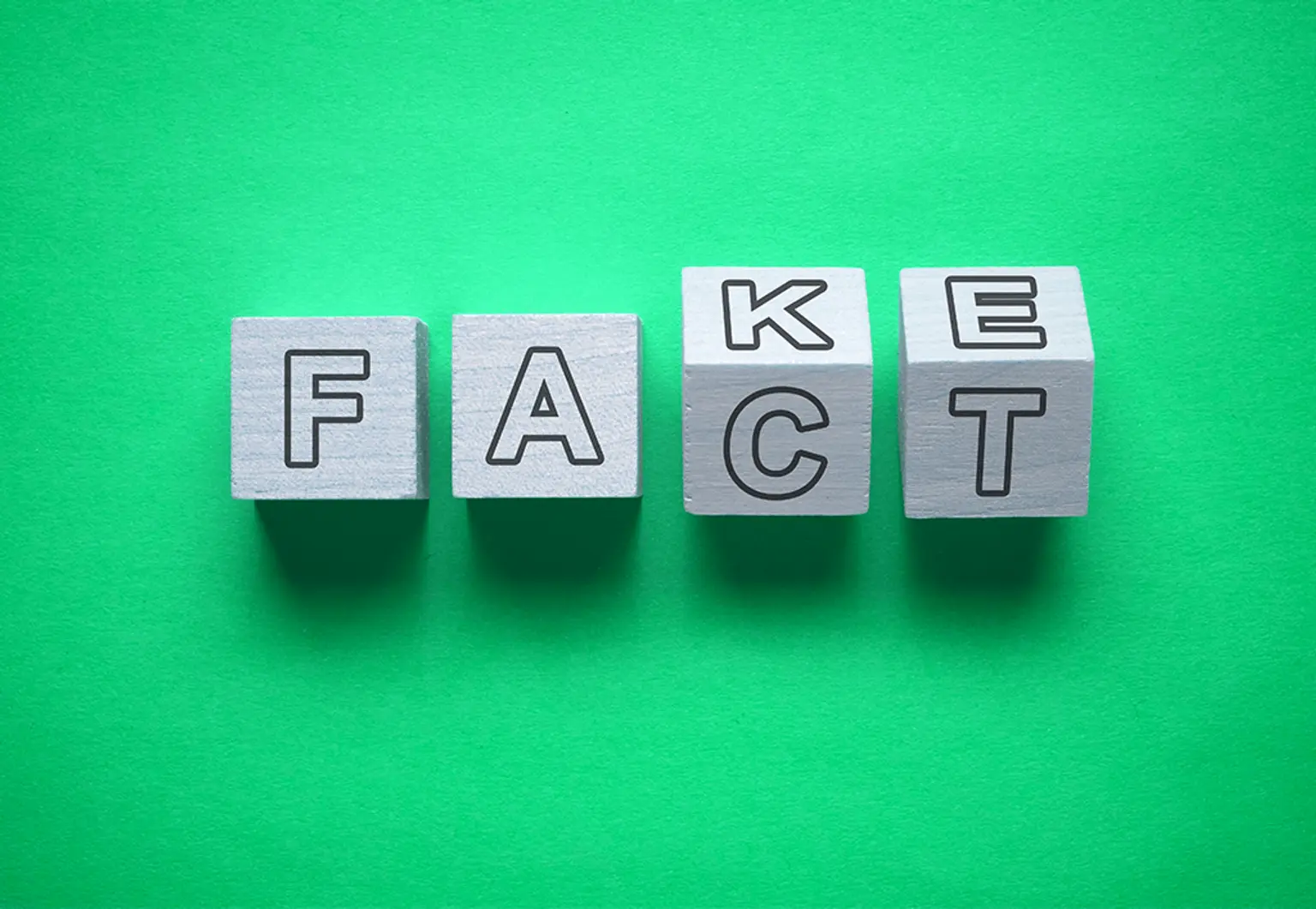The news you’re reading might not be 100% true, so here are some tips and tricks to help you weed out the bad stuff.
The rise of the digital world has put information (and entertainment) at our fingertips, but that information isn’t always reliable. Fake news, conspiracy theories and misinformation are part of the fabric of today’s internet.
According to a study done in 2019, the average South African spends 19.6 hours on social media a week. A recent study by WeForum found that the global average in 2020 – before the COVID-19 pandemic – was 23.6 hours of media viewing per week. And with the pandemic keeping us indoors, we’re spending even more time on our phones, which means even more media consumption, which means even more chance of fake news consumption.

What is fake news or misinformation?
Fake news is nothing new. It made its debut in the first century BC when Octavian (Julias Caesar’s adopted son) spread ancient tweets via slogans on coins, portraying Mark Antony as a womaniser, a drunkard and a puppet to Cleopatra. Octavian set out to destroy his rival’s reputation in the hope of gaining power in the Roman Empire. The straw that broke the camel’s back was the supposed will of Mark Antony, which went public and basically said he was a traitor and had given himself entirely to Cleopatra.
Fake news or misinformation is essentially information that is designed to make someone believe something that is not true.
Why? The reasons are endless. Political leaders use it to rally allies in an election, others use it to discredit science or a belief, and digital media companies even use it to drive traffic onto their platforms to up their advertising revenue.
Aaron Edell puts it quite well: “There are articles that are blatantly false, articles that provide a truthful event but then make some false interpretations, articles that are pseudoscientific, articles that are really just opinion pieces disguised as news, articles that are satirical, and articles that are comprised of mostly tweets and quotes from other people.”
You might think that it would be pretty easy to spot false information or pick up when stories are stretching the truth a little. But when your social media newsfeed has been tailored to your own tastes and has similarly become the place we get most of our news, it might be quite hard to tell.
Here are a few ways fake news or misinformation might grab you
Clickbait: Sensational headlines that are used to attract clicks.
Propaganda: This is news that has been fabricated deliberately to influence an audience to further a particular agenda. Propaganda is biased by design; it uses tactics such as loaded language to evoke an emotional response, and selective presentation of facts to create a misleading view.
Phishing: This is someone posing as a trustworthy entity or organisation who tries to gather personal information by asking for login details, credit card details and other sensitive information. Emails, SMSes and websites are the main tools used for phishing.
Satire and parody: Whilst this is arguably one of the least damaging forms of misinformation, these media bodies are still “fake news” publishers. Satire and parody feature on popular sites such as The Onion, and use humour to poke fun at serious events in an attempt to lighten a heavy matter and occasionally criticise those with a less informed viewpoint.
Rumours: This is often information shared without any facts or evidence – usually after an event or natural disaster.
Deepfake: Deepfakes are manipulated images or videos that appear to be real.
The “deep” refers to “deep learning” in artificial intelligence. Algorithms have been trained to replace an existing image or video of one person with the likeness of another to create entirely fabricated content.
Whilst some deepfakes are no more than light-hearted humour ‒ think Mike Tyson’s face on Oprah Winfrey speaking in her trademark rhetoric ‒ there are certainly devastating consequences that can come of maliciously intended applications of deepfake.
With all the above in mind, it might still be hard to avoid headlines like, “You Won’t Believe This Dog’s Dance Moves!” and before you know it you’re watching a chihuahua in a tutu pirouette right into your heart. We get it! We’re dog people too.

So what are a few tips and tools for assessing online content?
1. Think before you click
One fundamental rule that you can adopt (or improve) in order to spot misinformation is a critical mindset.
Ask yourself questions like: “What is the source of this information?”, “Who benefits from this information being believed and spread?”, “Is this credited by an expert?”, “Is there evidence this was posted by a real person?”, “Does the headline look one-sided?”.
Also remember clickbait headlines are generally trying to attract you. Things to look out for are exaggerated headlines, one too many ‘!!!!’, and the overuse of adjectives.
2. Stick to sources you know and trust
You can often see the URL you are about to click into. If it’s one that isn’t a trusted media source, it could contain misleading information. There are a few big names like CNN, The New York Times, The Wall Street Journal, BBC, NPR, and Reuters that are still considered to be trusted sources for information.
However, URLs can still be misleading even when the big names are in the web address. Look out for spelling errors or odd endings like ‘.co’ or ‘.infonet’.
3. Run a Google Search to see if someone else is running the story
Verifying the authenticity of a story by checking whether other reputable sources are reporting the same news can help confirm the accuracy of the information. If a story is only being reported on dubious sites or not covered elsewhere, it might be a sign that the news is not legitimate.

See if there are any other media (trusted) sources running a similar story. But be aware that there can often be more than one misleading source that can confirm the fake news you just read.
“The Internet is both the world’s best fact-checker and the world’s best bias confirmer — often at the same time.” – Michael P. Lynch
4. Fact-check websites are your friends
To help you on your quest for truth now that you are a committed true news finder, Snopes.com and AfricaCheck.org are great fact checkers to find out if something is real.
5. News vs. opinion
You’ll often find the word ‘Analysis’, ‘Opinion’, ‘Editorial’ or ‘Letter to the Editor’ attached to articles. These are great for helping you develop your own opinion, or reading opposing opinions to get a more rounded view. But not if you’re just looking for the facts.

6. Don’t always trust images
You may think images are a good way to distinguish fact from fiction, but as we’ve said, technologies like deepfake can often mislead us. Thankfully Google search can be used on images too. Running a Google reverse image search on an image will quickly show you its origin and if there are similar genuine photos available on the web.
That’s not to say that there isn’t great reporting out there. We just need to be responsible when consuming it, which leads us to our last tip.
7. Actively seek out good news
Part of reading the news responsibly is to not get caught up in the doom and gloom of it all the time. Take a break occasionally and see what good news is out there.
Have a look at these guys, who are reporting on some happy things happening during this time:
The Good Things Guy: “Good Things Guy is on a mission to change what the world pays attention to. We believe that there is good news all around us and over 1 million readers a month agree with us.”
Some Good News: John Krasinski of The Office has been highlighting some of the good news that’s been happening around the world.
Or you could keep an eye on our blog! We promise to inform and sometimes entertain you with good, honest info! Like this:
- How to keep employees happy, motivated and productive whilst working from home
- 10 things I wish I’d known before moving into my own place
- Is drowsy driving as dangerous as we think?
Being transparent is a part of who we are at Naked, and we believe now, more than ever, everyone should have the knowledge and tools to sift facts from fiction when there’s a flood of information coming at us every day.
